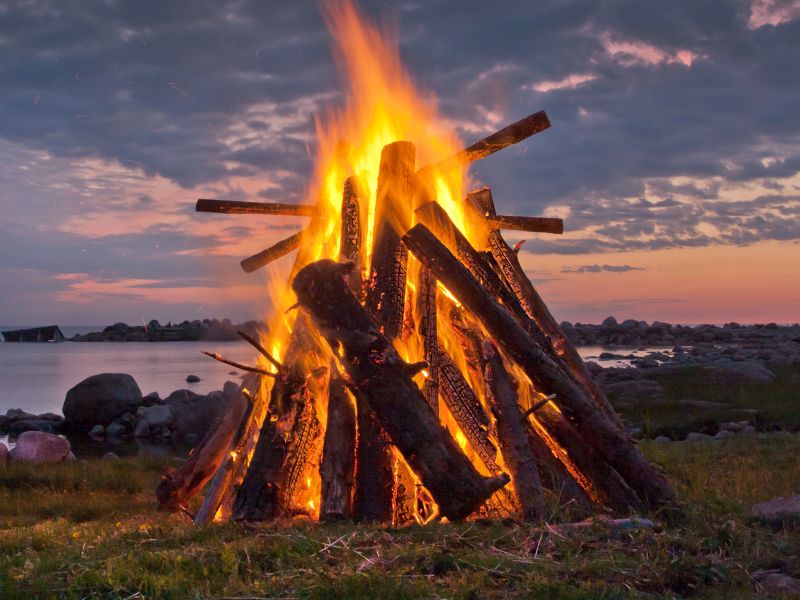Celebrating With a Bonfire? An Expert's Guide to Keeping The Fun Safe

SATURDAY, May 11, 2019 (HealthDay News) -- Bonfires are a popular way to celebrate big events among teens, but they're at risk for serious burn injuries, an expert warns.
"The only guaranteed way to prevent bonfire burn injuries is to not have a fire in the first place," said burn surgeon Dr. Arthur Sanford, of Loyola Medicine in Maywood, Ill. "But if you do decide to have a fire for a prom, graduation or other occasion, there are simple ways to minimize the risk of burns."
Check the weather and cancel the bonfire if high winds are forecast, he recommended in a Loyola news release. Clear all brush from the area and make a fire pit. Keep a bucket of water and garden hose close by.
Newspaper and small kindling provide the safest way to start a fire. If you decide to use charcoal lighter fluid, seal the container after use and keep it well away from the fire. Do not put lighter fluid on a fire after it's started, Sanford said.
And, he added, never use accelerants such as gasoline, diesel fuel or kerosene, and never spray aerosols or throw canisters or fireworks into the fire.
Keep the bonfire at a manageable size, no more than about four feet square, Sanford advised.
Everyone should stay a safe distance away and never horse around near a fire, he said. No one should drink alcohol.
Always put the fire out completely before you leave. Stir the ashes and douse them thoroughly with water. Sanford said Loyola's burn center has treated numerous patients who suffered burns after accidentally walking on hot ashes.
More information
FireSafeKid has more on outdoor fire safety.

The news stories provided in Health News and our Health-E News Newsletter are a service of the nationally syndicated HealthDay® news and information company. Stories refer to national trends and breaking health news, and are not necessarily indicative of or always supported by our facility and providers. This information is provided for informational and educational purposes only, and is not intended to be a substitute for medical advice, diagnosis, or treatment.

